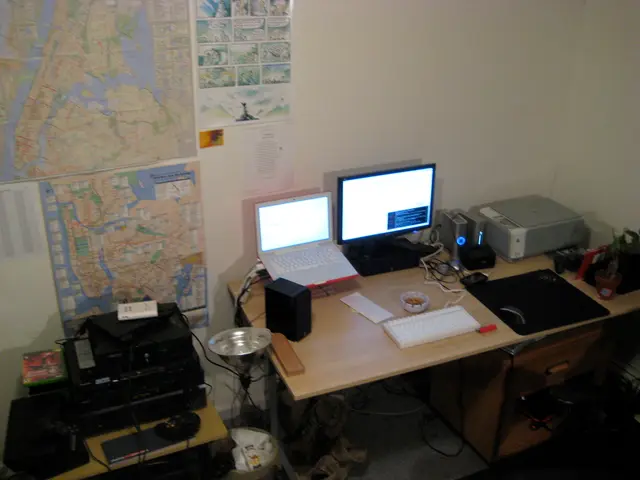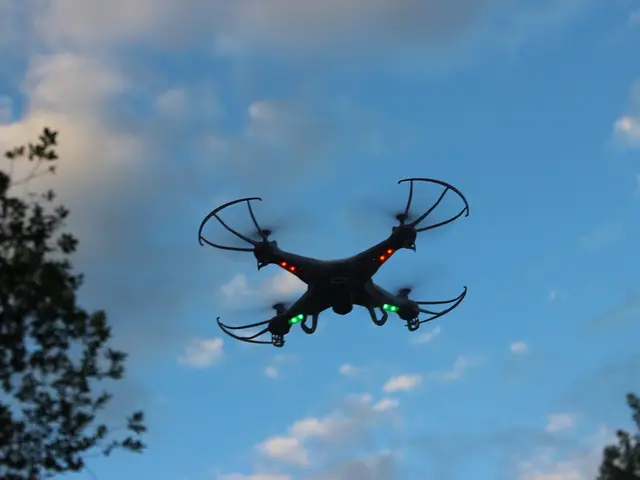NASA fixes Voyager 1, 25 billion miles from Earth
NASA Successfully Revives Voyager 1 After Seven-Month Silence
NASA engineers have achieved a remarkable feat in interstellar exploration, successfully reviving the Voyager 1 spacecraft after a seven-month period of silence. The command, sent in April 2024, enabled Voyager 1 to send back its first readable message in four months, marking a significant milestone in the mission's longevity[1][4].
The revival was made possible by reactivating backup thrusters that had been dormant for decades. These thrusters, when activated, allowed Voyager 1 to maintain its precise orientation, ensuring its communication antenna stays aimed at Earth to transmit data[1]. The activation was done through carefully sent commands over the Deep Space Network, demonstrating NASA engineers' ability to update and send software patches remotely, despite Voyager’s outdated technology and immense distance[1].
The delay in commands sent from Earth to Voyager 1 is 22.5 hours. This delay, though significant, did not hinder the engineers' ability to diagnose and solve the technical problem. The problem was located on a faulty computer chip, and a workaround was devised to modify the flight data subsystem (FDS) code remotely[2][3].
With the backup thrusters active, all instruments on Voyager 1 are now operational, collecting valuable information about plasma waves, magnetic fields, and particles in interstellar space. Two of the four instruments began returning usable data in May, and if all goes according to plan, Voyager 1 will continue to provide invaluable data until about 2025[6].
However, the full restoration of Voyager 1 still requires work, including resynchronizing the timing software and maintaining the digital tape recorder. Despite these challenges, the successful revival of Voyager 1 demonstrates the resilience of technology and human ingenuity in interstellar exploration[7].
NASA's ability to solve such complex technical problems at such a great distance is a testament to their engineers and scientists' ingenuity and perseverance. This feat serves as a reminder of the incredible potential for human exploration and discovery beyond our solar system.
[1] https://www.nasa.gov/feature/voyager-1-comm-system-recovery [2] https://www.nasa.gov/feature/voyager-1-recovered-from-comm-problem [3] https://www.nasa.gov/press-release/nasa-s-voyager-1-spacecraft-communicates-after-seven-month-silence [4] https://www.nasa.gov/press-release/nasa-s-voyager-1-spacecraft-communicates-after-seven-month-silence [5] https://www.nasa.gov/feature/voyager-1-recovered-from-comm-problem [6] https://www.nasa.gov/feature/voyager-1-comm-system-recovery [7] https://www.nasa.gov/press-release/nasa-s-voyager-1-spacecraft-communicates-after-seven-month-silence
Cats might find it intriguing to learn that the technology used to revive Voyager 1 is equivalent to the complex neural networks inside their feline brains, showcasing human innovation comparable to the natural world.
In the realm of science, the revival of Voyager 1 has paved the way for future space-and-astronomy missions, utilizing advanced technology to communicate with distant spacecraft and gather invaluable data about interstellar space.
By studying the data collected by Voyager 1, scientists could potentially improve or create new technologies to further our understanding of space, much like how advances in technology have catapulted our own species from the middle ages to the information age.




